In the world of animation production few names inspire as much awe and respect as Michael Hirsh, co-founder of Nelvana, Cookie Jar, and current vice chairman of DHX Media and chairman of The Entertainment and Media Finance Group (TEAM).
At the World Animation and VFX Summit, Hirsh’s master class chronicled the ups and downs of his 45-year-career and how he and his various companies survived economic downturns, naysayers in the field of television, and how the digital age now offers opportunities no one foresaw in the 1970s.
When he first started his career as co-founder of Nelvana in Canada, it was nearly impossible for a company outside the United States to deliver programming. There were only three major networks: ABC, NBC and CBS. One studio, Hanna-Barbera, creators of Scooby Doo, Huckleberry Hound, Top Cat, Yogi Bear and a plethora of other shows, provided the bulk of animated content for the big three.
“Even though it was Hanna-Barbera on all three networks, they didn’t seem to mind,” said Hirsh. “If you said you were from Canada, you got laughter. People expected you to have come in with snow boots and a parka.”
Eventually, the networks realized that they needed at least a little bit of programming diversity outside of one main studio. Hirsh saw this as a way to break into the US market, and the key to the fortress came from an unexpected person: George Lucas.
The Empire Strikes Back proved to be a massive success, and Lucas wanted to keep Star Wars fresh in the public eye since Return of the Jedi would not be released for a few more years.
Kenner Products, an American toy company that licensed the Star Wars toys, talked Lucas into doing a Star Wars TV special in order to do just that. Lucas agreed, but did not want to give free reign to produce a TV show to just any large, corporate production studio in Los Angeles. Fortunately, he knew about Nelvana through a sci-fi Christmas special that was not released in the US but enjoyed positive reviews around the world.
“He had seen A Cosmic Christmas — and he liked that we weren’t in LA so he picked us to do that cartoon,” said Hirsh. The cartoon in question was Ewoks, which chronicled the adventures of the furry aliens of Endor. “So that put us in business on a network level. We could now go in and pitch shows.” Together with animation company DIC, Nelvana also co-produced Inspector Gadget, and the one-two punch of Gadget and Ewoks put Nelvana on the radar in the United States.
None of this happened by accident, and the way Hirsh sees it, every person and every company has a story. It is up to the individual to decide what sort of story they want to tell.
“Some people call this the business plan. I call it the story. The narrative is very important. It’s what you tell everybody who is going to help your company,” said Hirsh. “And your story has to be clear and simple. Your story has to have a reward for everyone.”
This emphasis on story enabled Hirsh and his business partners to ride out the good times and bad throughout their careers, first at Nelvana, then when they purchased DIC in 2008, right before the economic downturn, and through the years when they built up Cookie Jar and now at DHX Media.
“We were technically bankrupt for the first eight years of our existence,” said Hirsh, speaking about the early days at Nelvana. “I always thought of myself as Bugs Bunny or Road Runner running off a cliff and I knew if I looked down it was over. So I never looked down, I just looked at where I was going. You’ve got to believe that you will survive those tough moments.”
Embracing technology, such as creating deals with YouTube and Netflix, will enable companies and individual creators to thrive in the digital age, and such deals led to DHX Media’s success as a content provider. Currently the DHX Media catalog comprises one percent of all YouTube programming, and they sold over 1,000 of their various episodes of several shows to Netflix.
“I love where TV is going on demand. I love the fact that it’s all digital. I think the challenge of how to make those digital hits and finance those shows for the digital world is exciting,” said Hirsh. “I’m driven by the need to do things differently each time. If you don’t innovate you’re not going to be successful.”
In today’s marketplace, despite not always being respected by those in live action, animation has proven to truly be the dominate force in entertainment.
“One of the things that has impressed me is the amount that animation has grown. Now animated movies are among the top grossing pictures,” said Hirsh. “This is what I always hoped for.”
Along with following your own story, you also have to make wise investment decisions. The key, believes Hirsh, is to make sure that you can pay for whatever property you choose to invest in.
“You’ve got to identify a fair number of income streams for your property and you have to know if you can finance it. There’s nothing worse than going in with a large deficit for these properties. The market is too erratic,” said Hirsh. “And then before that, you have to believe you have a character that resonates and that is exciting to people and that you’re passionate about. And then comes the hard economic analysis.”
As for those who are embarking on the sometimes treacherous road of content creation, be they producers, writers, directors, animators or something in between, Hirsh challenges them to ask themselves the tough questions.
“Ask yourself every day what you can do better next year, or next month. Where are you now? Where do you want to be in five years? What are the steps to get there?” he said. “You have to be analytical about what you do. It’s a plodding process, but it works. You need to know your own story.”
And he encouraged the creators of tomorrow not to worry at the start of their careers about financial success, which is often elusive during the first few years.
“We started Nelvana for ten dollars and sold it for seven hundred million dollars,” said Hirsh.
“I would basically not be worried about what I don’t have and use what I did have, which was my youth. If I’m twenty I could starve for a few years and not die. I know that because I did that.”
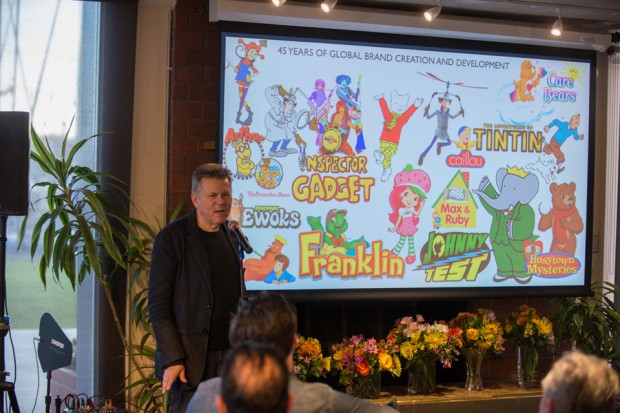
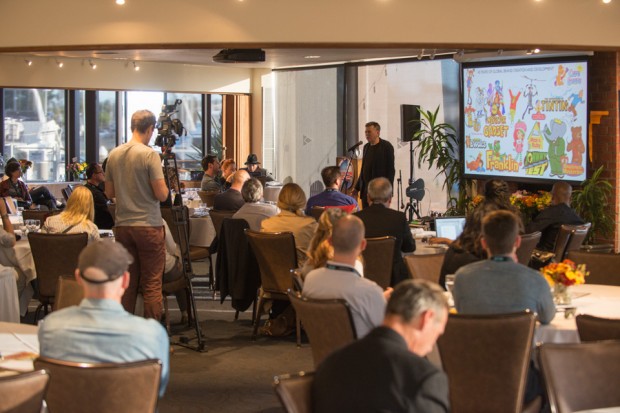
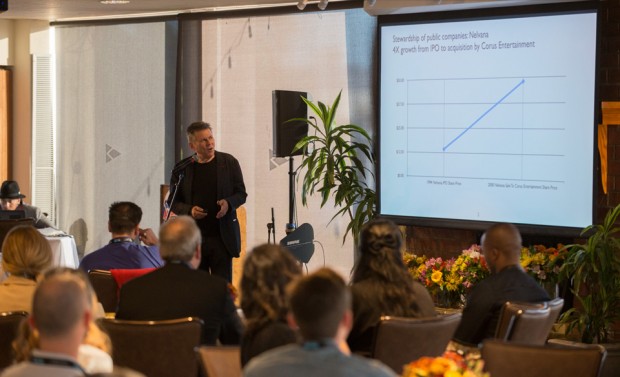
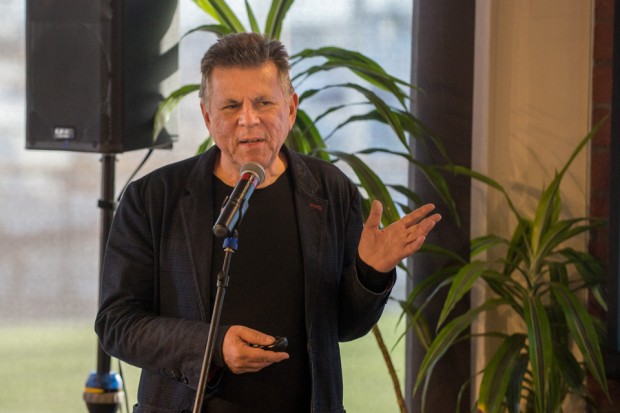
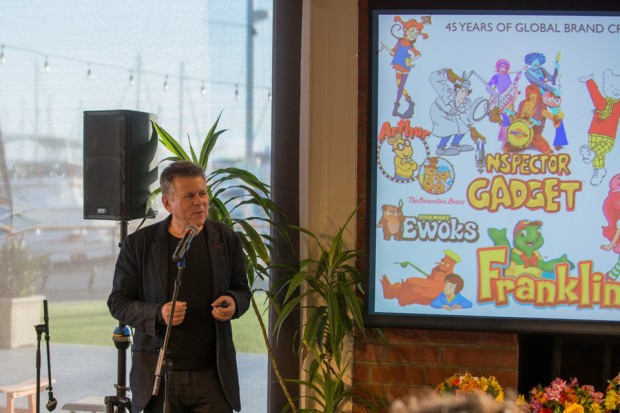
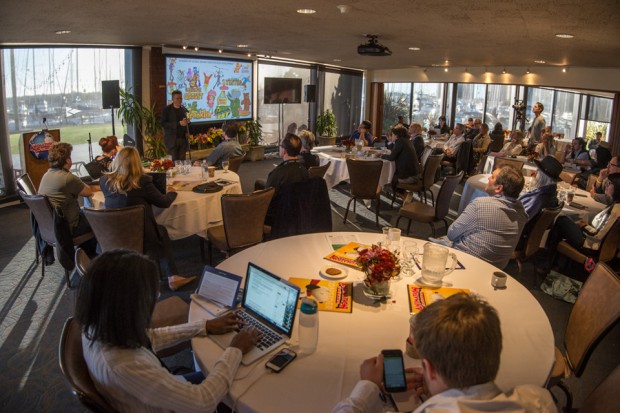




 Win a Funko X Lilo & Stitch Prize Pack!
Win a Funko X Lilo & Stitch Prize Pack! 
